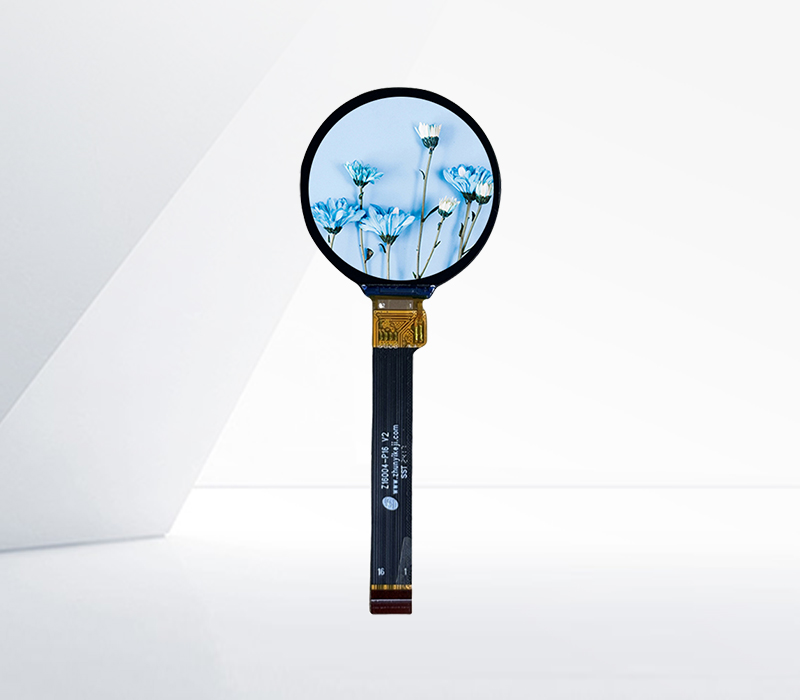




LCD low - end displays play a significant role in the market, catering to a wide range of cost - sensitive consumers and applications. These displays are typically characterized by their relatively lower manufacturing costs and basic functionality.
In terms of technology, low - end LCDs often use simpler backlight units, such as traditional fluorescent lamps instead of the more energy - efficient and advanced LED backlights found in high - end models. The liquid crystal materials used may also be of a more common and less expensive type. Additionally, the resolution of low - end LCD displays is usually lower, with common resolutions like 800x600 or 1024x768. This is in contrast to the high - definition and ultra - high - definition resolutions seen in premium displays.
One of the major application areas for low - end LCD displays is in budget - friendly consumer electronics. For example, many entry - level smartphones, especially those targeting emerging markets, use low - end LCDs. These phones are designed to provide basic communication and computing functions at an affordable price. The low - end LCDs in these devices still offer a decent visual experience for tasks like making calls, sending text messages, and browsing simple web pages. In the realm of home appliances, low - end LCDs are used in small - screen displays for microwave ovens, refrigerators, and other kitchen appliances. These displays are mainly used to show basic information such as cooking time, temperature settings, etc.
Despite their lower cost and basic features, low - end LCD displays are constantly evolving. Manufacturers are finding ways to improve their performance while keeping costs down. For instance, some are adopting more efficient power - management techniques to reduce energy consumption in these displays. They are also working on enhancing the color accuracy and contrast ratio to provide a better visual experience. As the demand for affordable electronics continues to grow, especially in developing regions, low - end LCD displays will continue to be an important part of the display market, with continuous improvements in their functionality and quality.
